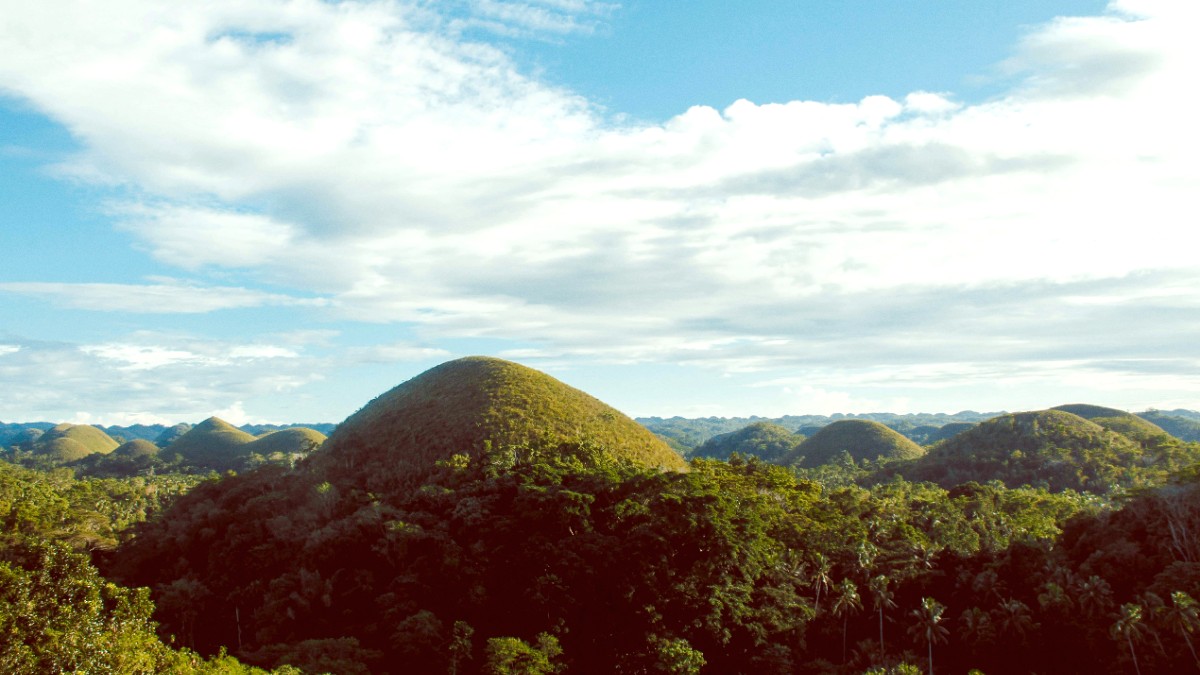
The Visayas, Philippines
Public transport in Bohol offers an authentic and economical way to travel, specifically for local routes. Jeepneys, colorful elongated vehicles, are the most common form of public transport.
They operate on fixed routes, connecting towns and major points within Tagbilaran City and to other municipalities. Larger buses connect Tagbilaran City to more distant towns across Bohol, serving inter-municipality routes.
Iconic, economical, and cover local and inter-town routes.
Dao Bus Terminal in Tagbilaran is . Cash payment, fixed distance-based fares.
Public transport generally lacks accessibility for mobility challenges.
Designated taxi stands and pre-booked private vans available outside terminal.
Taxis and tricycles readily found outside the ferry terminal.
Not officially inside airport; hail just outside perimeter for cheaper fares.
Always agree on price beforehand for tricycles to prevent overcharging.
For independent exploration, Bohol offers various rental options, from cars to scooters, allowing flexible travel around the island.
Available at some resorts and local shops, good for short distances.
Motorized rickshaws, abundant for short to medium distances. Negotiate fare beforehand.
Motorcycle taxis. Useful for remote areas or quick movement. Bargain for price.
Explore Bohol at a slower pace on foot or by bicycle. Choose pedestrian-friendly areas and be mindful of road conditions and traffic.
No formal, widespread walking tours. Tour packages may include guided walks within attractions (tarsier sanctuary).
Included in specific tours
Main highways outside towns are busy and often lack proper pedestrian infrastructure, making walking or cycling unsafe.
Avoid for safety
Areas with heavy traffic congestion in Tagbilaran can pose challenges for walking or cycling due to pollution and vehicle movement.
Challenging conditions
Renting a scooter offers the most flexible and cost-efficient way to explore Bohol independently. Just remember to always wear a helmet and drive defensively.
For longer distances, local buses provide an economical connection to various towns across the main island.